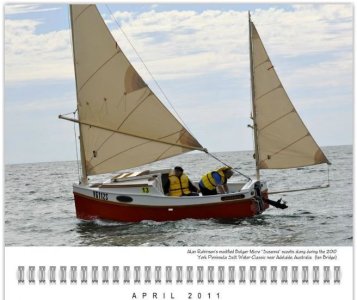KiK
New member
Hi
I found Nick Charman’s article in PBO from 11/01/2022 titled „Freestanding masts: Why more cruisers should go wireless” and have a question. It’s possible to change my boat , Maxi84 for that? How, who, where? After reading many articles writing by by other sailors and designers of this type of yachts, I became passionate about this solution. I just don't know if I understood your article correctly, that can convert a rigged yacht into a freestanding one?
Kind Regards
Kristof
I found Nick Charman’s article in PBO from 11/01/2022 titled „Freestanding masts: Why more cruisers should go wireless” and have a question. It’s possible to change my boat , Maxi84 for that? How, who, where? After reading many articles writing by by other sailors and designers of this type of yachts, I became passionate about this solution. I just don't know if I understood your article correctly, that can convert a rigged yacht into a freestanding one?
Kind Regards
Kristof

